Paul Coudenys and His Passion for Horses: Authentic Equestrian Tourism in Latin America
By: Natalia Imberti Posted: 18/01/2025
Introduction:
Since childhood, Paul Coudenys felt a special connection with horses, sparking a passion that would lead him to travel to over 60 countries and establish his own equestrian tourism company, Entre Orejas. This Belgian entrepreneur, now based in Brazil, has made Latin America his home and the stage for offering unique horseback riding experiences. In this interview, Paul shares how his love for horses began, his vision for sustainable horseback tourism, and his efforts to preserve the bond between humans and horses in an increasingly mechanized world.
- How did your passion for horses start?
Since I was a child. We didn’t have horses at home, but my uncle next door did. He competed in show jumping and had several horses and ponies. As kids, my cousin and I would play and learn to ride. We were four or five years old, riding the horses and ponies bareback, running around and falling off. That’s how my passion for these animals began. My brother also started competing in show jumping, and through these playful beginnings, my interest in horses took shape. - Is equestrianism popular in Belgium?
Very much so. Belgium is a small country but a big one in terms of horses. We have the Belgian Warmblood (BWP), an internationally renowned breed, especially in equestrian sports and jumping. Show jumping is the third most practiced sport in Belgium, after football and cycling. Belgium is also famous for its draft horses, like the Flemish, Ardennes, and Brabander breeds—massive one-ton horses similar to Percherons. - You worked as a farrier in various countries. Can you tell us about that?
Yes, I was a farrier for ten years, starting in Belgium, and later worked in countries like France. I noticed significant differences in how horses are shod across the world. In Europe, shoeing is done with great precision, shaping the shoe to fit the horse’s hoof. In many other places, it’s the hoof that’s adjusted to fit the shoe. - What motivated you to pursue equestrian tourism?
I started guiding groups in Belgium at 16 while working at a riding school and studying farriery. During the winters, when work slowed down, I began traveling. Those experiences inspired me to combine my love for travel and horses. After an accident that ended my farrier career, I decided to start an equestrian tourism company. - Could you tell us about Entre Orejas? How did you start the company, and what values inspire it?
I founded Entre Orejas in 2010 after years of experience in equestrian tourism with another company. My dream was to return to my roots and take a more personal approach. I settled in Brazil, where I personally organize and guide all the rides, striving to offer authentic horseback experiences in Latin America. - Why did you choose Latin America to settle down?
I have family here, and I’ve always loved Latin America’s equestrian culture. Here, the relationship with horses is still part of daily life, used for work, transportation, and everyday tasks—something you don’t see in many European countries. - Although Entre Orejas is based in Brazil, do you have other locations in South America or collaborate with other companies?
Yes, besides Brazil, we have a base in Panama to coordinate our activities in Latin America. I also collaborate with other guides in Colombia and have partners in various countries, allowing me to offer diverse and high-quality equestrian routes. - What is your relationship like with other equestrian tourism providers in Latin America?
Excellent. We always seek to collaborate with other professionals passionate about equestrian tourism in the region, sharing ideas and experiences. This helps us improve our routes and offer unforgettable experiences. - What makes a horseback ride with Entre Orejas a unique experience?
We focus on providing freedom and authenticity to our clients, allowing them to enjoy the landscape without restrictions and with complete confidence. Additionally, we choose farms that don’t typically work with tourism, adding a level of warmth and genuine hospitality that makes every ride special. - What’s the minimum number of participants required for a horseback ride?
We usually require between four and six riders, but for some local routes in Brazil, I can organize a ride with just two people. - What breeds of horses do you use for your routes?
There’s no "best breed"; it depends on the region and the terrain. We always use local breeds well-adapted to the climate and terrain, such as Pantanal horses for wetlands and high-altitude horses for the Andes. - Which other Latin American countries do you collaborate with?
I have partners in several countries, like Colombia, Mexico, and Chile. We organize route exchanges and group tours. For instance, I have routes in Mexico, Mexicans come here to ride, and I send people to Colombia. This kind of exchange is enriching. - What makes an Entre Orejas horseback ride memorable?
It’s how we organize each route. I always put myself in the customer’s shoes and ask, "How would I like to be treated on this trip?" We give clients the freedom to enjoy the ride without restrictions and visit farms that don’t typically work with tourism. This allows for authentic and genuine hospitality. - How many participants are needed to organize a ride?
It depends on the route. In Brazil, I can start with just two people because I’m based here, making it easier to manage. However, we generally require four to six riders. - What’s the best horse breed for equestrian routes?
There’s no universal "best breed"; it depends on the activity and region. It’s important to use local breeds adapted to the terrain and climate. For example, in the Pantanal, Pantanal horses are perfect for deep waters, while in the Andes, we need horses suited to high altitudes. We always use well-trained, local horses in excellent condition. - Do you have any other bases besides Brazil?
Yes, besides Brazil, we have a base in Panama. Panama is the center of Latin America and simplifies logistics. From there, we coordinate various rides in the region with our local guides and partners. - How has your experience been with Entre Orejas over the years?
It’s been incredibly rewarding. It allows me to connect with people passionate about horses and provide them with a unique experience. I’ve learned that collaboration with other providers is essential; together, we can enhance the experience and keep equestrian culture alive in Latin America. - Do you have relationships with equestrian tourism providers in other parts of the world?
Yes, I have excellent relationships with providers not only in Latin America but also in Africa and Europe. For instance, I collaborate with Andrew from Namibia, who organizes horseback tours in Africa. We exchange groups; he brings clients here, and I send people to his African routes. This collaboration allows us to offer a wide variety of horseback riding experiences worldwide. - What’s most important to you when organizing an equestrian route?
For me, the most important thing is that clients feel freedom and authenticity. I don’t want my routes to feel like controlled rides at a club. I aim for people to experience the country and local culture genuinely, with farms welcoming us as friends or family. - How do you manage hospitality at the farms you visit on your routes?
We usually work with farms that don’t have tourism experience, which makes it special. These farms welcome us as if we were family visitors, and it’s much warmer than in places where tourism is a business. The locals genuinely open their arms and hearts to our clients, making the experience far more authentic and memorable. - What’s your vision for the future of Entre Orejas?
My vision is to continue offering authentic experiences and keep it as a one-man show. I don’t want to grow too much because I believe the most important thing is for me to guide and be present on every ride, ensuring each client has the experience I’d want for myself.
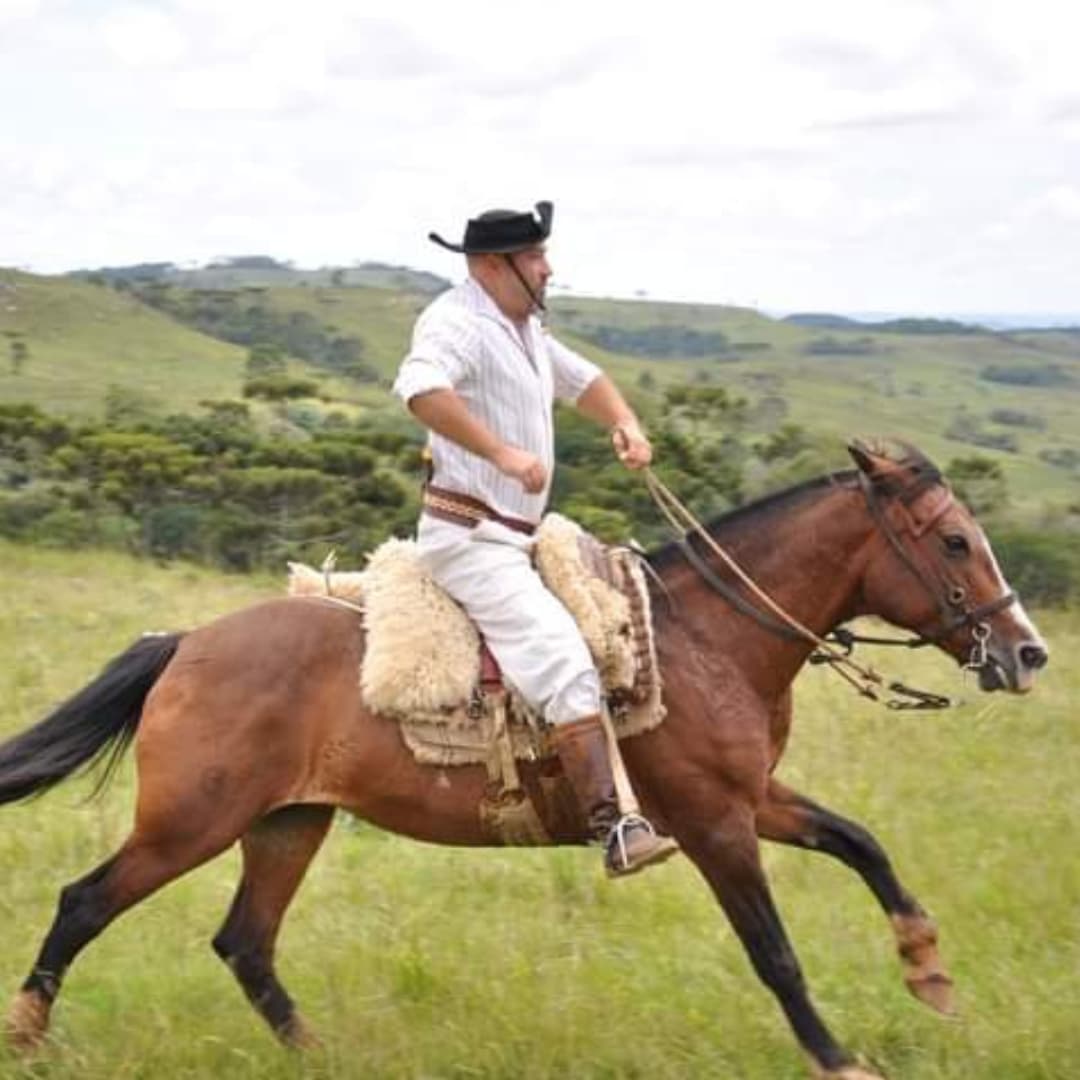
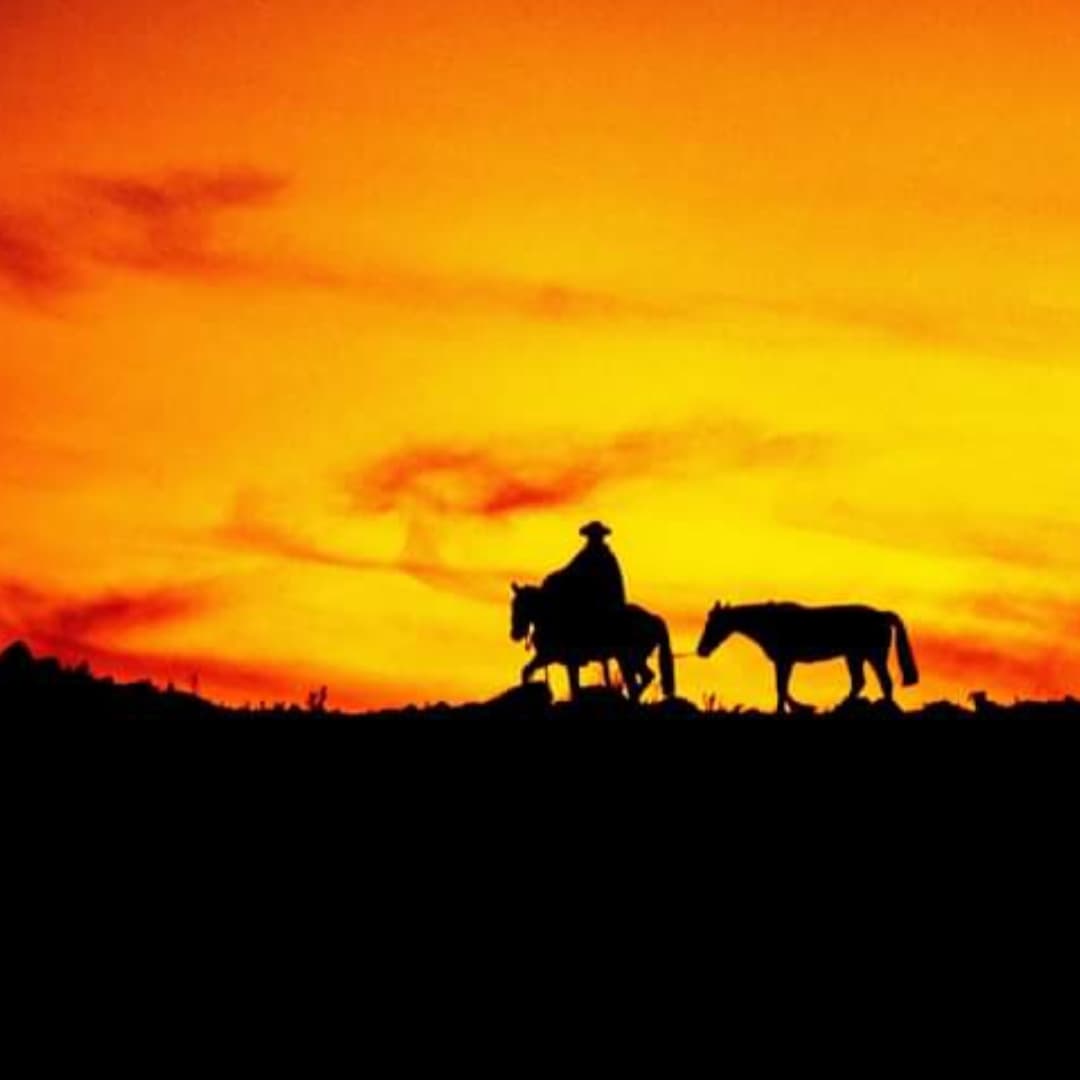
Conclusion:
We thank Paul Coudenys for sharing his inspiring story and passion for horses, equestrian tourism, and horseback riding in South America. His dedication not only enriches the experience of those venturing to explore South America "Entre Orejas" but also strengthens the bond between people and these noble animals. Thank you, Paul, for showing us the world from a rider’s perspective!
Would you like to be part of a group with an equestrian soul?
Join the Ampascachi Community. Obtain exclusive benefits for your holidays.
We tell you how to start, train and take care of your horse.
Interviews with direct providers of riding tours around the world.
Opinions of outstanding equine scientists and personalities in the equestrian sport world.
- What would you recommend to someone considering horseback riding in Latin America for the first time?
I’d recommend being open to the experience and ready to discover a culture deeply connected to horses. In Latin America, horses aren’t just a hobby; they’re an integral part of everyday life. Traveling on horseback here is unlike anything else and offers a unique perspective of the continent—from "between the ears." - How has your experience been organizing routes in different countries, like Colombia or Brazil?
I started organizing routes in Colombia in 2015 with friends like Charles, Bernardo Salazar, Simón, and Ernesto. It was a great success, with up to eight rides a year. In Brazil, I’ve shown people the real Brazil, beyond the image of carnival, soccer, or the Amazon. Now they understand that Brazil is also a land of cowboys and horses. - How do you handle logistics for transportation and accommodations during the rides?
Logistics is the most challenging part and can take up to a year to prepare a new route. We scout beautiful locations and work with local people who know the region. Then we assemble a team, which may include support vehicles, cooks, musicians, and assistants. We strive to build teams that love what they do, which reflects in the quality of the experience. - How would you describe the audience that chooses equestrian tourism?
They’re people who love horses but also seek adventure and culture and want to disconnect from daily life. While the horse is the main attraction, the journey also involves discovering a country, connecting with locals, and enjoying the authenticity of the place. - What’s the biggest challenge in developing sustainable equestrian tourism?
Equestrian tourism is one of the most eco-friendly types of tourism since we move through nature and work with locals who welcome and guide us. It’s crucial to preserve both nature and local culture since they depend on each other to create a complete and authentic experience. - Do you currently offer only one route in Argentina? Have you considered expanding to other routes there?
Yes, for now, we offer a single route in northern Argentina, in Salta. Argentina is a country with a rich equestrian culture and incredible diversity. I’d love to explore more options and offer routes in other regions in the future. - At Ampascachi, we breed horses in Argentina. Do you think Peruvian Paso horses are suitable for these routes?
They are fantastic horses. Although the breed originated in Peru, the Peruvian Paso adapts very well to the terrain in northern Argentina and is ideal for long distances. It’s a comfortable horse to ride and perfectly suited for equestrian tourism. - What do you see as the future of equestrian tourism in South America?
I think equestrian tourism has a bright future in South America. There are so many regions to explore, and more people are beginning to understand the true essence of traveling on horseback. Until now, many have only thought of short rides, but we’re showing that multi-day trips, deeply exploring each place, are possible and incredibly rewarding. - We know you’re a producer and host of documentaries about horses. How did you get started in the audiovisual world?
During the pandemic, I decided to pursue something I’d always wanted to do: documentaries about equestrian cultures around the world. That’s how the series Settling Up the World was born. It showcases the relationship between people and horses in places like Africa, India, Argentina, and Belgium. - How has the reception been for these documentaries?
It hasn’t been easy, as we’ve produced the series without a budget, relying solely on friends and contacts. We’re looking for producers interested in expanding the project and taking it beyond YouTube. If anyone has contacts or is interested in supporting the series, they’d be most welcome. - You founded the ALATCE association in 2014. What is the goal of this organization?
ALATCE is the Latin American Association of Equestrian Tourism and Culture. Its purpose is to bring together professionals in equestrian tourism across Latin America. We focus on improving service quality and working together to enhance the offer and guarantee high-quality experiences for our clients. - In many places, horses have been replaced by machines. How do you see the future of horses as companions to humans?
As long as passion exists, the bond between humans and horses will endure. In Latin America, there are still rural areas where horses are indispensable, and I don’t see that changing anytime soon. This connection with horses is something equestrian tourism can help preserve. - Paul, where do you plan to take Settling Up the World in the future?
My goal is to continue exploring different equestrian cultures worldwide. There are so many unique places that showcase the fascinating relationship between humans and horses. I’d like Settling Up the World to be more than just a documentary series—to become a platform for people to learn about and appreciate these equestrian cultures in their full glory.
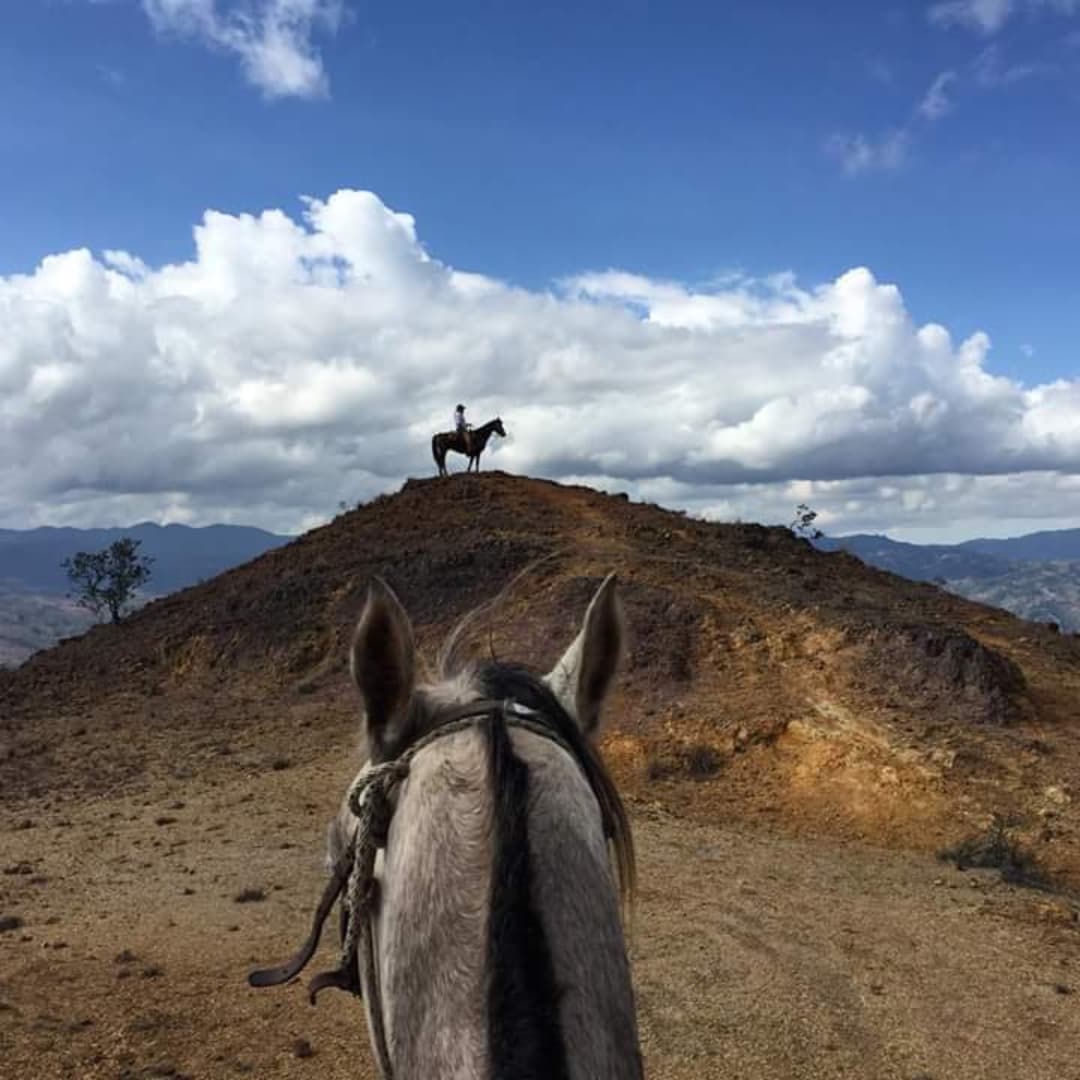
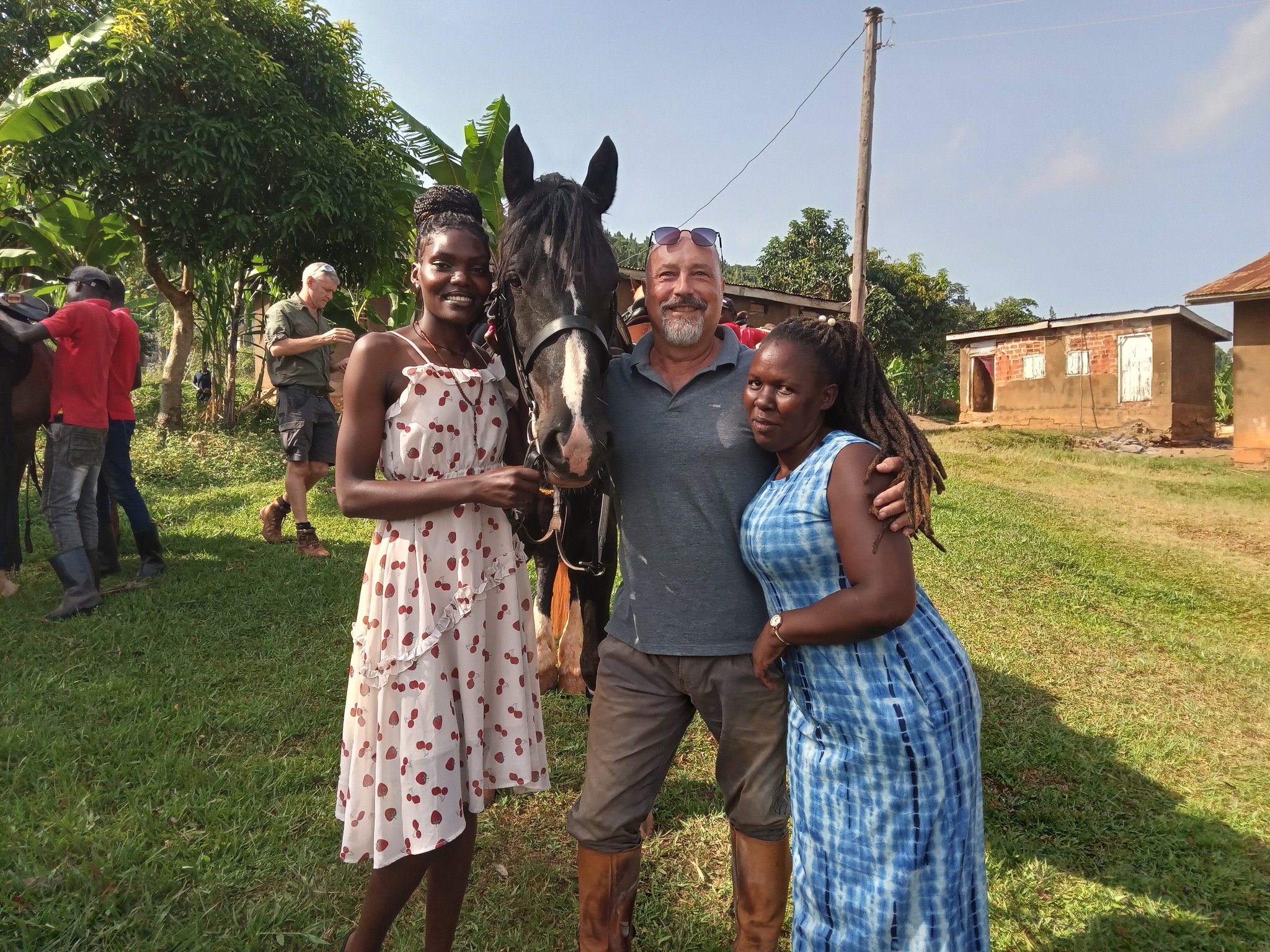
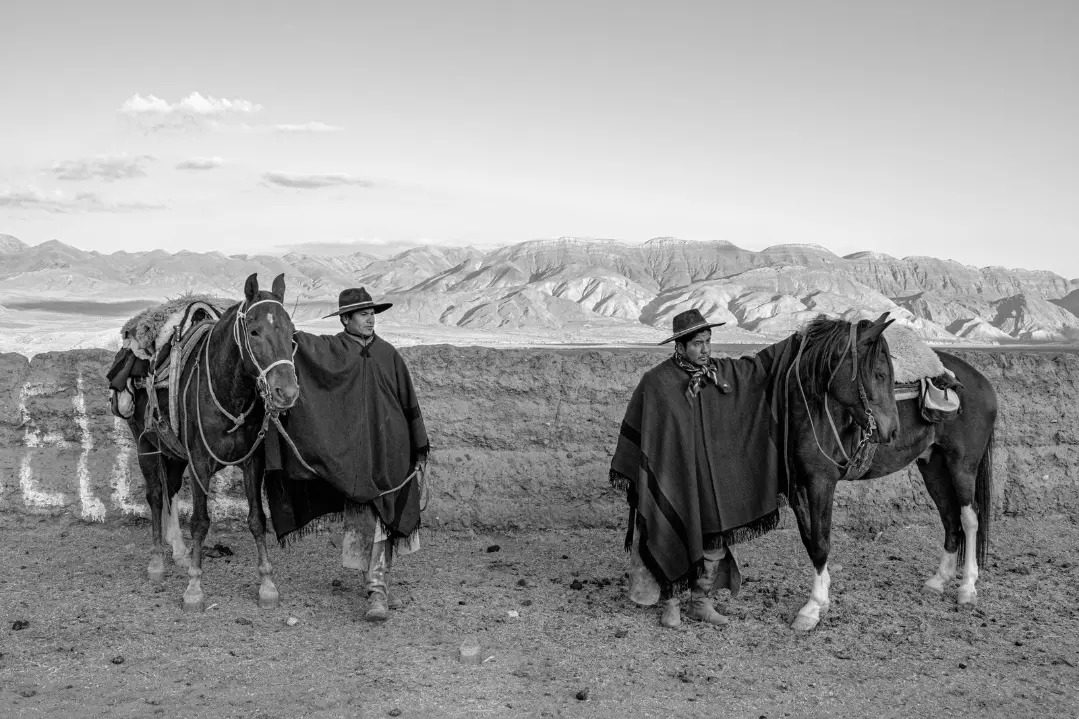
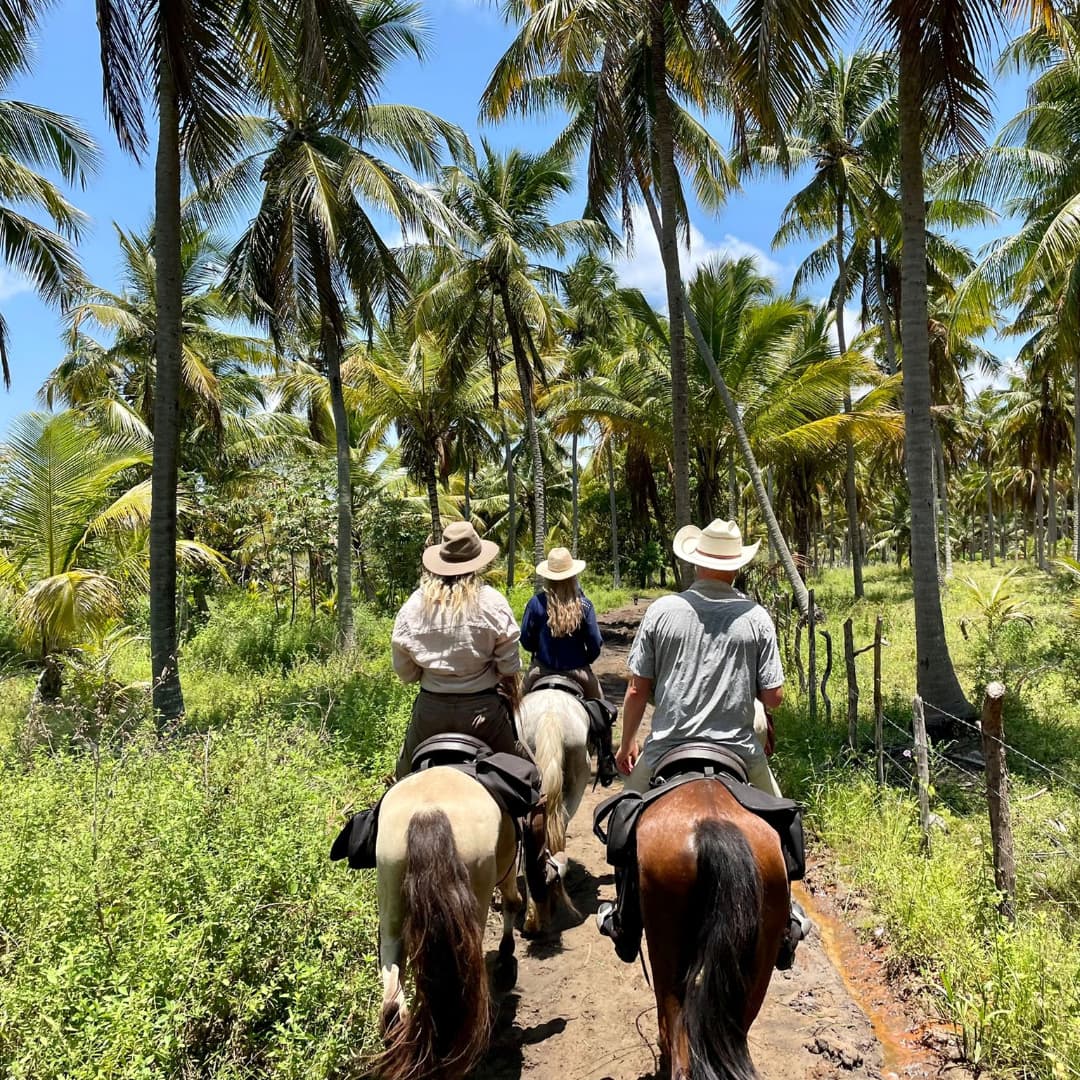
Conclusion: We thank Paul Coudenys for sharing his inspiring story and passion for horses, equestrian tourism, and horseback riding in South America. His dedication not only enriches the experience of those venturing to explore South America "Entre Orejas" but also strengthens the bond between people and these noble animals. Thank you, Paul, for showing us the world from a rider’s perspective!
Subscribe to the Ampascachi Community and obtain benefits and exclusive content. Furthermore, we offer free advice on horses and equestrian tourism.
Would you like to delve deeper into the world of horse training?
Download our free guide on Horse training step by step. There we tell you everything we have learned about horse training in more than 25 years of experience.
And if you want to be a professional horse trainer and get field-based training, you should check out our training program. You will have the opportunity to live in our equestrian centre and experience our full training process with young horses.
~
THIS COULD ALSO BE INTERESTING
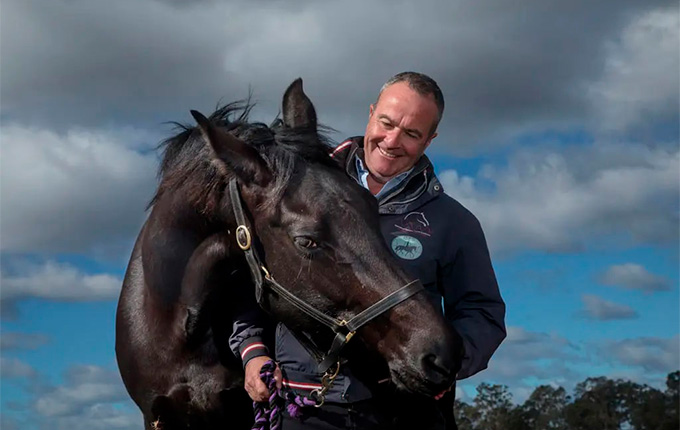
Dr. Paul McGreevy: specialist in horse behaviour and welfare
We have interviewed Dr. McGreevy to gain insight into equine behaviour, horse welfare and the application of learning theory in equitation science.
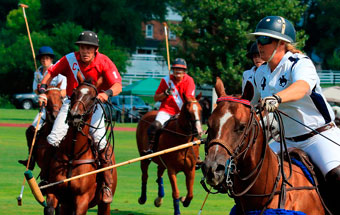
Equestrian sports & games: Polo
Do you know the rules of Polo, the oldest of equestrian sports that was played by nomadic warriors of Central Asia? Polo is becoming considerably popular nowadays.
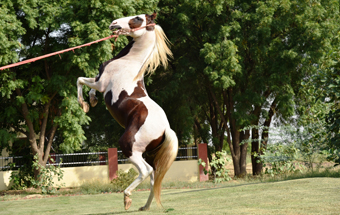
Horseback riding holidays on a Marwari horse in India
Horseback riding in India is exciting, and even more so if you ride on the back of a Marwari horse, an intriguing, noble and brave breed with curved ears.
~
WHAT IS YOUR OPINION? LEAVE A COMMENT
Planning your horse riding holidays?
Join the Ampascachi Community. You will get exclusive advantages and guidance for your next horse riding holiday.


 German
German French
French Spanish
Spanish